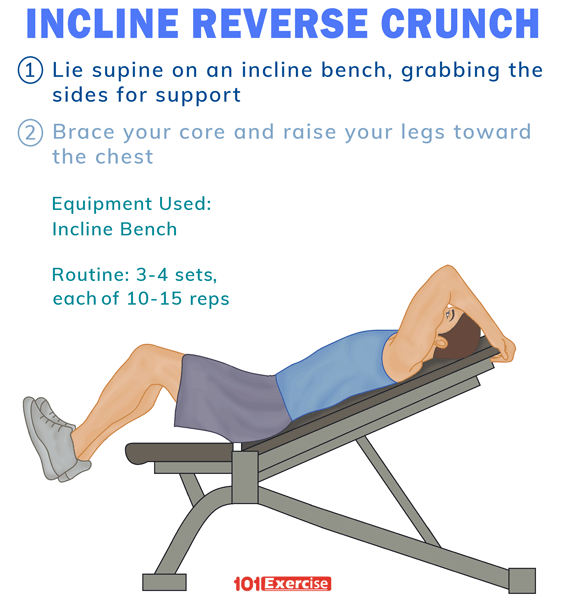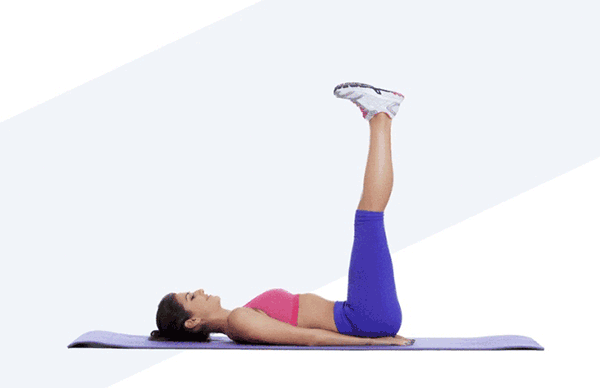

Yes, the dragon flag can improve your front lever technique by strengthening your isometric core and lower body strength. Does the dragon flag help The front lever? When performing the eccentric portion, slowly let out shallow breaths as you maintain constant core tension. When doing the concentric portion of the exercise (lifting your legs up) take a deep breath and hold it in.

You will get the most benefit by performing concentric and eccentric repetitions and working your core through a bigger range of motion. The dragon flag isn’t really an isometric / static hold exercise. It can take as little as 3 months for a trained individual to master this exercise, while untrained or heavier individuals might need a year or more. How long does it take to master the dragon flag? Yes, the dragon flag is one of the most difficult calisthenics exercises you can perform! It is unbelievably challenging to maintain your entire torso rigid against gravity. Alternative Exercises for Bent-knee reverse crunch V-up Muscle Targeted: Abdominals Equipment Type: Body Only 8. Other Frequently Asked Questions Is dragon flag hard? We also go over them all in The Best Compound Exercises of All Time. To see a list of all the best exercises, be sure to check out our E-bookthat goes over all of the best compound movements for the entire body! Do not rush through the exercise just to get the reps done.īy The Way… The Dragon Flag is just one of several compound exercises you should be doing This movement must be done in a nice controlled manner for optimal effect. Keep your pelvis neutral, your core engaged, and try to maintain a nice hollow body position. ARCHING THE LOWER BACKĪt no point should you let your lower back arch when performing this exercise to avoid the risk of injury.

It might also help to stretch your hip flexors. Make sure to keep your glutes and your core as activated as possible to maintain your body in a straight line.
#REVERSE CRUNCH ALTERNATIVE FULL#
Once you can do 3-5 dragon flag negatives, you should be strong enough to do the full dragon flag.ĬOMMON MISTAKES WHEN DOING THIS EXERCISE BENDING AT THE HIPS/ NOT KEEPING STRAIGHT LEGSīending at the hips is a common mistake and usually happens when you are not yet strong enough to keep your legs fully extended. The basic variation in the effect of an ab exercise comes from whether you contract your abs though a full range of motion, or only a partial range and how much resistance you subject these muscles to. So the upper and lower abs pretty much work as a single until. 
The principle of non-contiguous innervation tells us that motor neurons do not stimulate specific muscle fibers in limited locations or groups but innervate muscles over widespread areas.
The fibers of External and Internal Obliques run diagonally on the body, allowing for angled movement.Īlthough you can feel more or less stress in different areas of the abs doing different movements, there are no different exercises for upper and lower abs. It wraps laterally around the abdominal area. The Transverse Abdominis (also known as the Transversus) is the deepest muscle of the core (meaning it’s underneath all the other muscles). Thin bands of connective tissue give it that appearance. Click the following links for a video demonstration of each abdominal exercise. Replace traditional crunches with these other abdominal exercises to develop and strengthen the abdominal region in a safe and healthy way. The Rectus Abdominis muscle is commonly known as the “six-pack” muscle of the abs. Crunch alternatives to work your ab muscles. The abdominal muscles sit on the front and sides of the lower half of the torso, originating along the rib cage and attaching along the pelvis. The major abdominal muscles are as follows: The abdominals attach between the pelvis and the rib cage, and their function, in addition to being stabilizers, is to pull these two body parts together in a “crunching” movement – where the torso rolls or curls forward as if into a ball. They do not contract over a range of motion, which is what is needed in a primary ab exercise. The role of the abs in these exercises is simply to act as stabilizers. The legs stay in place and it’s the torso that lifts up, also making use of the hip flexor muscles. The sit-up is just the mirror image of the leg raise. Step 1 Lie Down in Position Credit: Philip Date / Shutterstock No need for equipment except for a gym mat if you need some comfort. They run from the lower back across the top of the pelvis and attach to the front of the thigh. The muscles that raise the legs are the iliopsoas or hip flexor muscles. Stand up and hold onto something for balance. They believe these are the best exercise for abs. Go into almost any gym and you’ll see people doing exercises like sit-ups and leg raises.








 0 kommentar(er)
0 kommentar(er)
